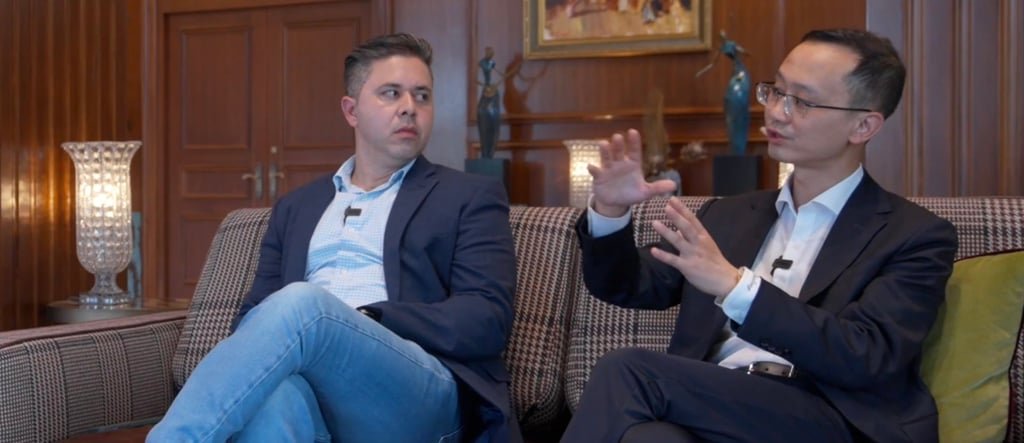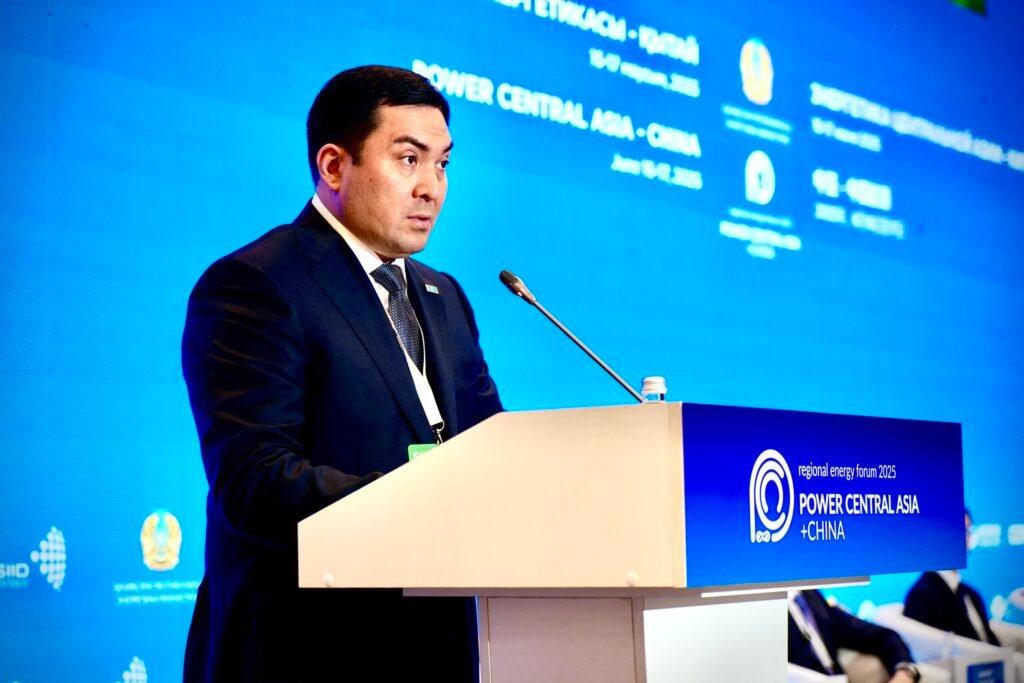Japan and the Philippines—both treaty allies of the United States—have conducted a joint naval exercise in the contested South China Sea, where they were shadowed by Chinese warships.
The Chinese military confirmed that it conducted sea and air patrols in the South China Sea on Saturday, in response to the Maritime Cooperative Activity (MCA) organized by the U.S. allies.
Why It Matters
China, the Philippines, and other regional nations maintain overlapping sovereignty claims in the energy-rich South China Sea. Confrontations and clashes between the navies and coast guards of rival claimants are an ongoing problem.
The Philippines, which has a mutual defense treaty with the U.S., frequently conducts drills with allies to assert its sovereignty in the South China Sea. The latest joint exercise follows Japan‘s ratification of an agreement allowing reciprocal military visits with the Philippines.
What To Know
The MCA was conducted on Saturday in South China Sea waters west of Luzon, the Philippines’ main island, according to Japan’s Kyodo News. The drill involved the Japanese destroyer JS Takanami and the Philippine frigate BRP Miguel Malvar.
A pair of Chinese naval vessels monitored the allied warships in nearby waters, according to imagery from the Philippines’ ABS-CBN News. The Chinese navy kept its distance and did not challenge the exercise, which focused on anti-submarine warfare, Kyodo News reported.
LOOK: Two Chinese PLA Navy vessels were spotted around the exercise zone of the MCA just minutes after the event started. The Chinese vessels shadowed both the BRP Miguel Malvar and the Japanese destroyer JS Takanami during the maritime drills. | via @manahan_job pic.twitter.com/GR1x22m7zF
— ABS-CBN News (@ABSCBNNews) June 14, 2025
The bilateral war game demonstrated what the Armed Forces of the Philippines described as “joint capability in a wide array of naval operations,” adding that cooperation with Japan will be more responsive to the complex demands of their shared security environment.
The Joint Staff of Japan’s Defense Ministry said in a statement that Tokyo and Manila are committed to upholding the rights of freedom of navigation and overflight, as well as respect for maritime rights under the United Nations Convention on the Law of the Sea (UNCLOS).
Meanwhile, the Chinese military’s Southern Theater Command, which focuses on the South China Sea, accused the Philippines of raising security risks in the region by conducting joint patrols with so-called non-regional countries—though it did not specifically mention Japan.
The Chinese military command claimed that its units remain on high alert to “resolutely safeguard” the country’s territorial sovereignty and maritime rights in the South China Sea.

A Philippine naval helicopter hovers above the Japanese destroyer JS Takanami during a joint maritime exercise in the South China Sea on June 14, 2025.
Kyodo via AP Images
What People Are Saying
General Romeo Brawner Jr., chief of staff of the Armed Forces of the Philippines, said in a statement on Sunday: “This cooperative activity is more than a display of maritime capability—it is a manifestation of our enduring commitment to uphold peace, stability, and a rules-based order in the Indo-Pacific.”
The Joint Staff of Japan’s Defense Ministry said in a statement on Sunday: “The activity was conducted in a manner consistent with international law and with due regard to the freedom of navigation and the rights and interests of other states.”
Air Force Senior Colonel Tian Junli, spokesperson for the Southern Theater Command of the Chinese People’s Liberation Army (PLA), said in a statement on Sunday: “Any military activities that disrupt the South China Sea and create hotspots are all under control.”
What Happens Next
Both the Philippines and China are expected to maintain their military presence in the South China Sea. It remains to be seen whether other U.S. allies will conduct drills in the region.







